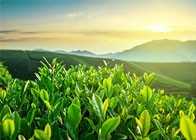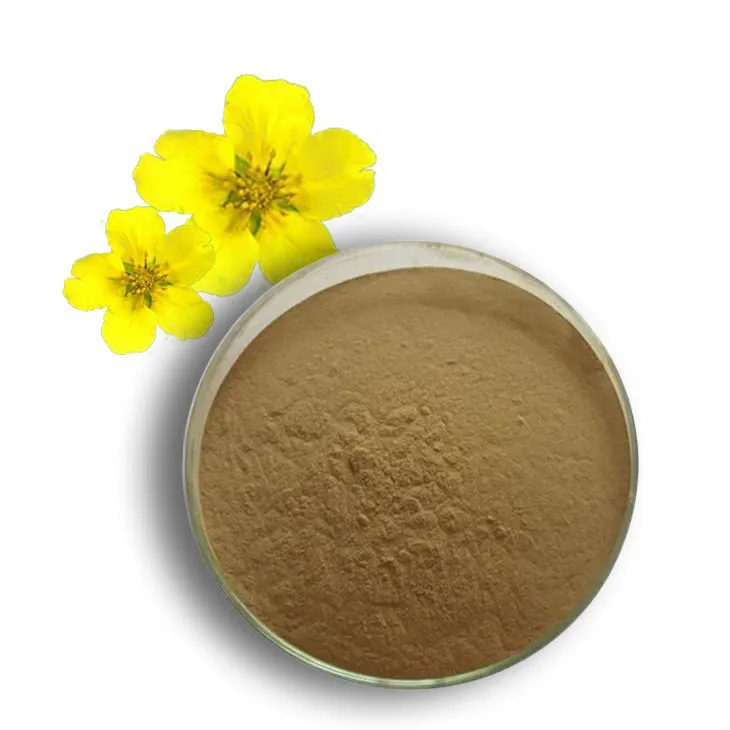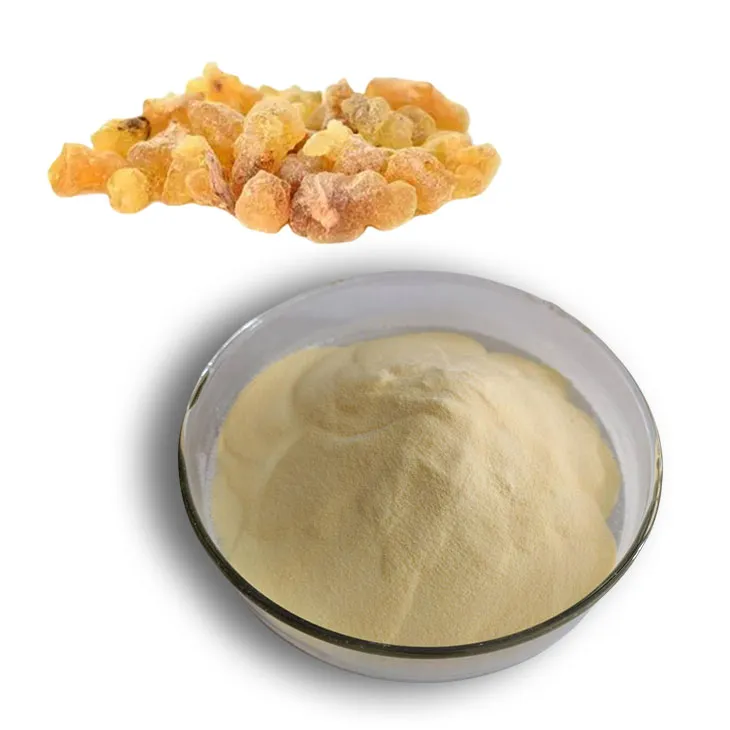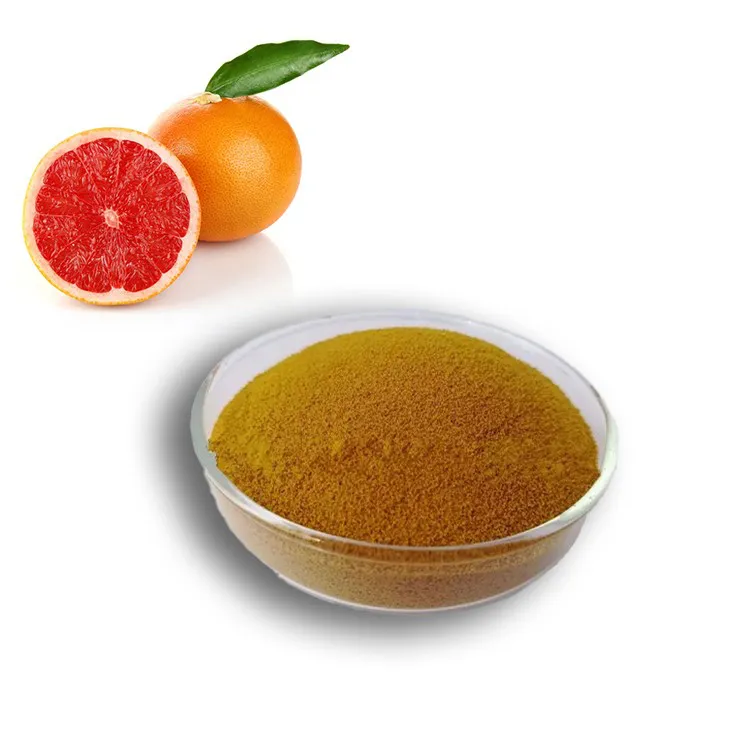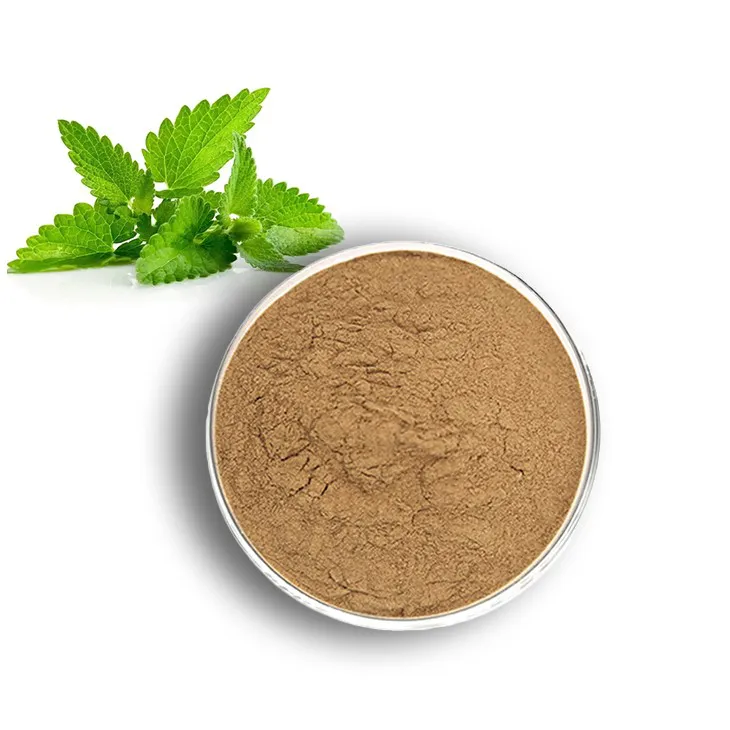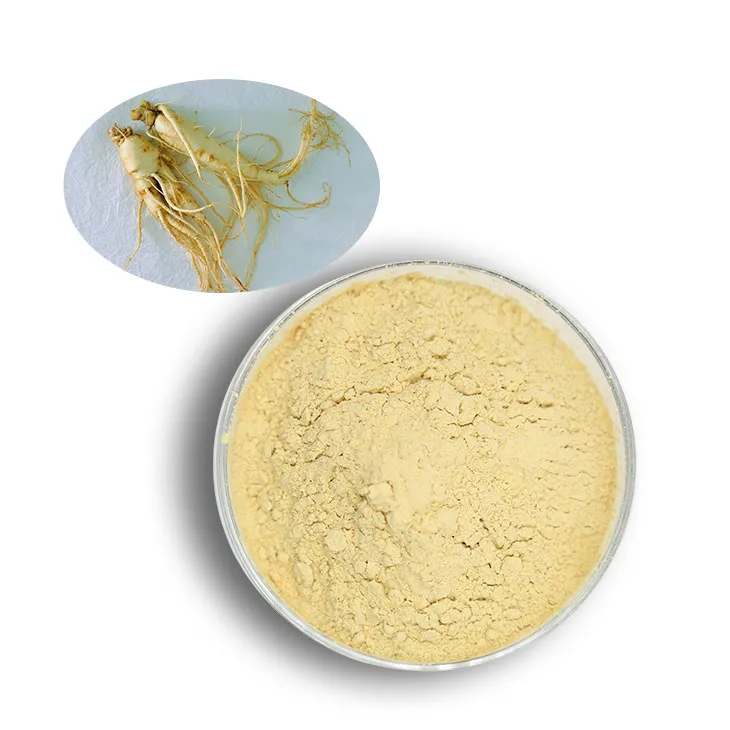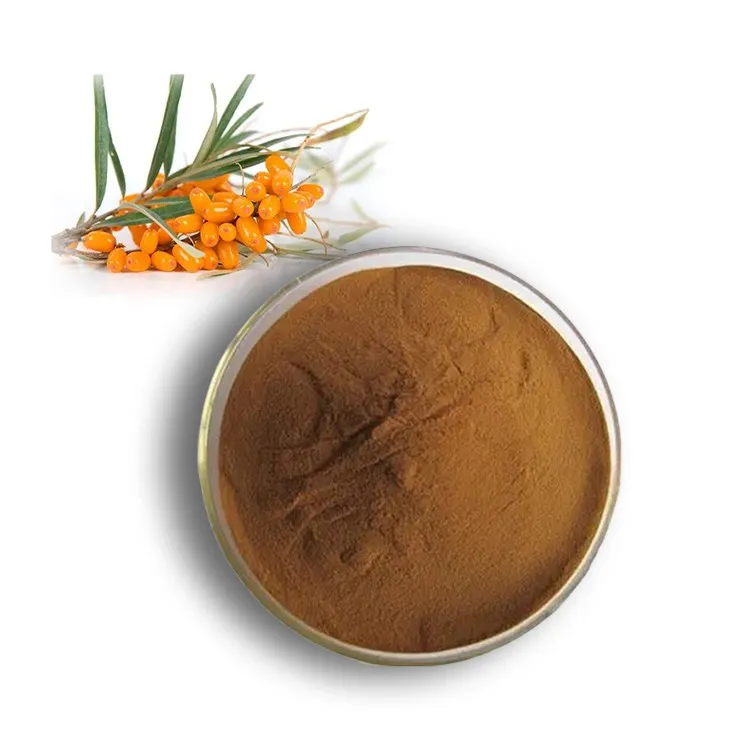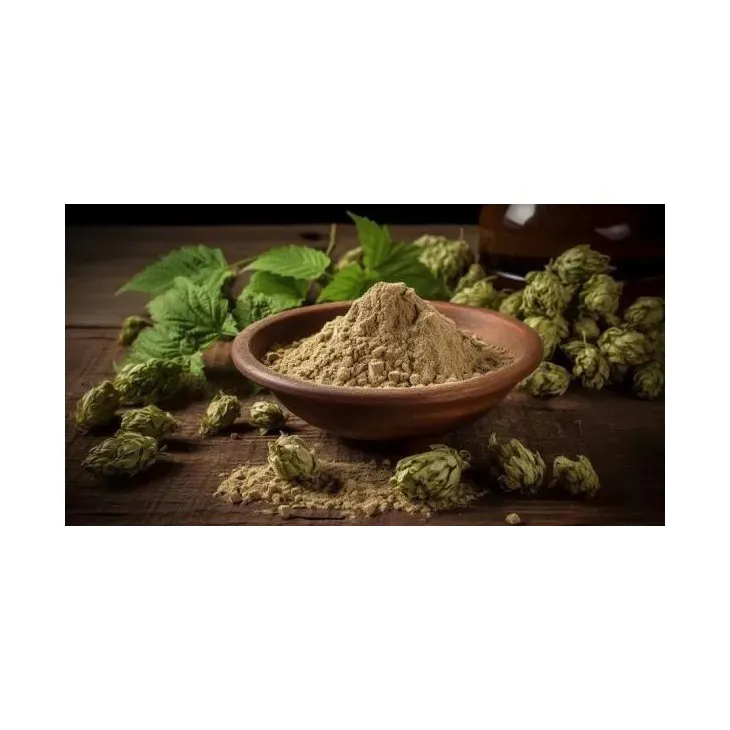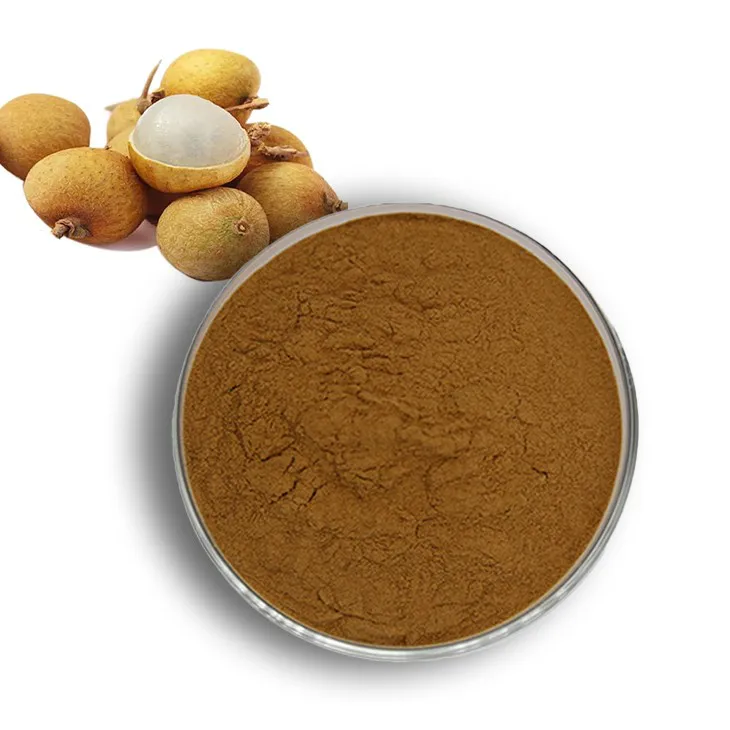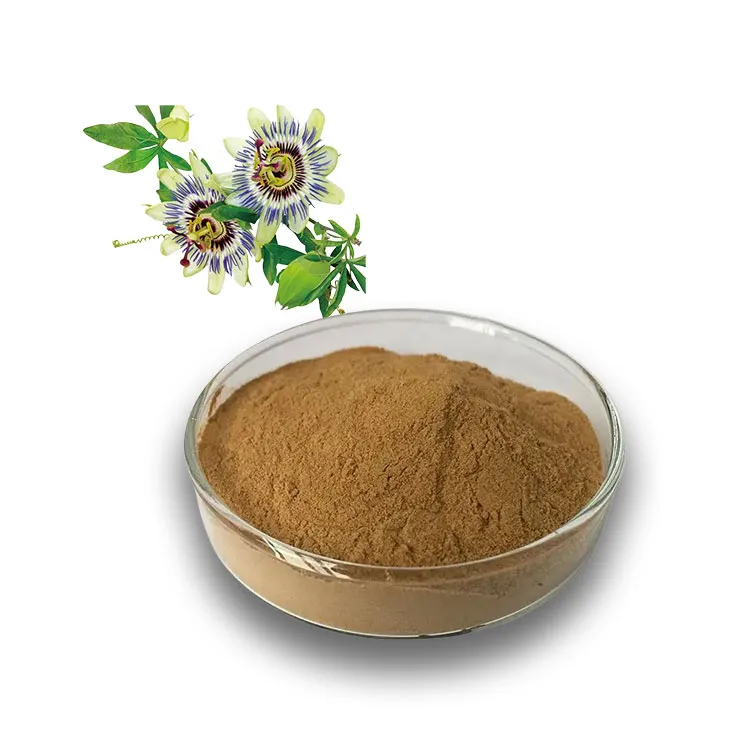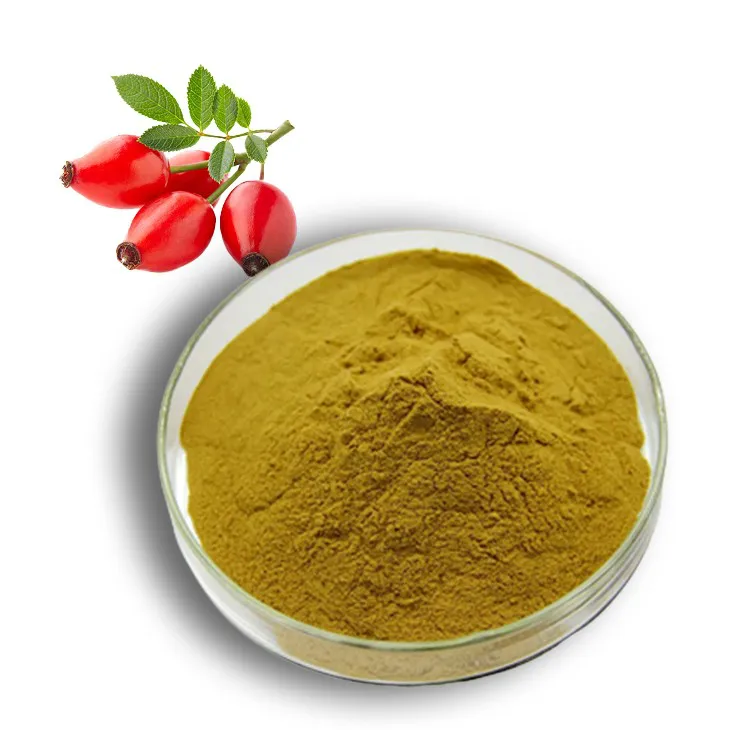- 0086-571-85302990
- sales@greenskybio.com
Extracts in Ingredients: What They Are and How They're Used
2025-08-16
In the world of food, cosmetics, and supplements, the term "extract" frequently appears on ingredient lists. While extracts are widely used for their concentrated flavors, fragrances, and beneficial properties, there often remains confusion about what the term actually means and how these extracts are produced and utilized. This article aims to clarify the concept of extracts, explore the various types of extracts found in different industries, and provide insights into their benefits, applications, and considerations for use.
Understanding What an Extract Is
An extract is a concentrated substance obtained by extracting components from a raw material, often using a solvent such as alcohol, water, or oil. The extraction process is designed to isolate specific compounds that possess desirable properties, such as flavors, scents, or health benefits, from the source material. This process results in a potent product that can be used in smaller quantities than the original material.
Extracts are used extensively across several sectors, including food and beverage production, perfumery, cosmetics, and pharmaceuticals. They serve as a means to impart intense flavors, fragrances, or therapeutic properties without the bulk or variability of the whole plant or food source.
Types of Extracts
There are several types of extracts, each characterized by the method of extraction and the solvent used. Some common types include:
1. Alcoholic Extracts (Tinctures)
Alcoholic extracts, also known as tinctures, involve soaking raw materials such as herbs, spices, or flowers in alcohol, typically ethanol. Alcohol serves as an effective solvent for dissolving both water-soluble and fat-soluble compounds, making tinctures highly potent. Tinctures are popular in herbal medicine and botanical skincare due to their long shelf life and concentrated properties.
2. Aqueous Extracts
Aqueous extracts are derived using water as the solvent. Commonly used for extracting water-soluble compounds, these extracts are prevalent in products where alcohol is not desirable. Aqueous extracts are often used in teas, infusions, and water-based skincare formulations.
3. Essential Oils
Essential oils are plant extracts obtained through processes such as steam distillation or cold pressing. Unlike tinctures and aqueous extracts, essential oils contain volatile aromatic compounds that exhibit strong fragrances and therapeutic properties. They are key ingredients in aromatherapy, natural perfumery, and various cosmetics.
4. Oleoresins
Oleoresins are semi-solid extracts derived using non-volatile solvents to remove essential oils and resins from the plant material. These are often used in food flavoring and seasoning due to their concentrated aroma and flavor profiles. Common examples include black pepper and paprika oleoresins.
5. CO2 Extracts
CO2 extracts use supercritical carbon dioxide as the solvent. This method extracts both volatile and non-volatile compounds without the use of high temperatures, preserving the integrity and aroma of the raw material. CO2 extracts are increasingly popular in high-end cosmetics and natural health products.
Applications of Extracts
Extracts are valued for their versatility and potency, with applications in various industries:
1. Food and Beverages
In the culinary world, extracts are crucial for imparting intense flavors and aromas. Vanilla extract, for instance, is a staple in baking and dessert-making due to its rich and consistent flavor. Other popular culinary extracts include almond, lemon, and peppermint extracts. These concentrated flavors allow chefs and home cooks to achieve desired taste profiles without altering the consistency or volume of the dish.
2. Cosmetics and Skincare
In cosmetics, extracts bring a variety of properties to skincare products. Botanical extracts like chamomile, aloe vera, and green tea are prized for their anti-inflammatory, hydrating, and antioxidant effects. Extracts are included in creams, lotions, serums, and facial masks to deliver targeted skincare benefits.
3. Pharmaceutical and Herbal Supplements
The pharmaceutical and nutraceutical industries utilize extracts for their active constituents, which are often responsible for therapeutic effects. Herbal extracts such as echinacea, ginseng, and turmeric are used in supplements to promote wellness and address specific health concerns.
4. Perfumery and Aromatherapy
Essential oils and extracts form the heart of perfumery and aromatherapy practices. Aromatic extracts like lavender, rose, and woodsy cedar are used to craft complex fragrance profiles in perfumes, while also providing therapeutic benefits in aromatherapy.
Benefits of Using Extracts
The use of extracts offers several advantages:
1. Concentration and Potency
Extracts deliver concentrated doses of active components, maximizing their effects with smaller quantities. This potency is beneficial in applications ranging from flavoring foods to delivering skincare benefits.
2. Consistency
Using extracts can provide a consistent and standardized level of active ingredients. This reliability is essential in industries like food production and pharmaceuticals, where uniformity is critical.
3. Shelf-stability
Many extracts, especially those made with alcohol or other stable solvents, have long shelf lives. This stability makes them ideal for commercial production and home use.
4. Diverse Applications
The versatility of extracts allows them to be integrated into a wide range of products. From adding flavor to baked goods to enhancing skincare routines, the uses are vast and varied.
Considerations and Potential Drawbacks
While extracts offer numerous benefits, there are considerations and potential drawbacks to be aware of:
1. Solvent Residues
Some extraction solvents may leave residues if not properly removed, which could affect the purity and safety of the extract. Choosing reputable brands and suppliers ensures high-quality extracts with minimal residues.
2. Sensitivity and Allergies
Individuals may experience sensitivities or allergic reactions to certain extracts, particularly essential oils. Conducting patch tests before using new personal care products is advisable to avoid adverse reactions.
3. Cost
High-quality extracts can be expensive, particularly those sourced sustainably or derived using advanced extraction methods. Consumers should weigh cost against quality and effectiveness.
4. Correct Usage and Dosage
Due to their concentration, extracts require careful usage and dosage to avoid overpowering flavors in culinary settings or skin irritation in cosmetic applications.
Conclusion
The use of extracts is a testament to human ingenuity in harnessing nature’s offerings for a variety of purposes. Whether adding depth to culinary creations, enriching cosmetics, enhancing aromatherapy, or delivering therapeutic benefits, extracts play a significant role across industries.
Understanding what extracts are and the benefits they bring empowers consumers to make informed choices in their food, cosmetics, and health products. With careful selection and application, extracts can enhance everyday experiences, offering the concentrated goodness of nature in convenient and practical forms. As the demand for natural and effective products grows, extracts will continue to be a valuable component in the quest for quality and innovation.
- ▶ Hesperidin
- ▶ Citrus Bioflavonoids
- ▶ Plant Extract
- ▶ lycopene
- ▶ Diosmin
- ▶ Grape seed extract
- ▶ Sea buckthorn Juice Powder
- ▶ Fruit Juice Powder
- ▶ Hops Extract
- ▶ Artichoke Extract
- ▶ Mushroom extract
- ▶ Astaxanthin
- ▶ Green Tea Extract
- ▶ Curcumin
- ▶ Horse Chestnut Extract
- ▶ Other Product
- ▶ Boswellia Serrata Extract
- ▶ Resveratrol
- ▶ Marigold Extract
- ▶ Grape Leaf Extract
- ▶ New Product
- ▶ Aminolevulinic acid
- ▶ Cranberry Extract
- ▶ Red Yeast Rice
- ▶ Red Wine Extract
-
Tormentil Extract
2025-08-16
-
Boswellia Serrata Extract
2025-08-16
-
Grapefruit Seed Extract Powder
2025-08-16
-
Lemon Balm Extract
2025-08-16
-
American Ginseng Root Extract
2025-08-16
-
Buckthorn bark extract
2025-08-16
-
Uridine-5'-monophosphate Disodium salt
2025-08-16
-
Longan Extract
2025-08-16
-
Passionflower Extract
2025-08-16
-
Rose Hip Extract
2025-08-16

